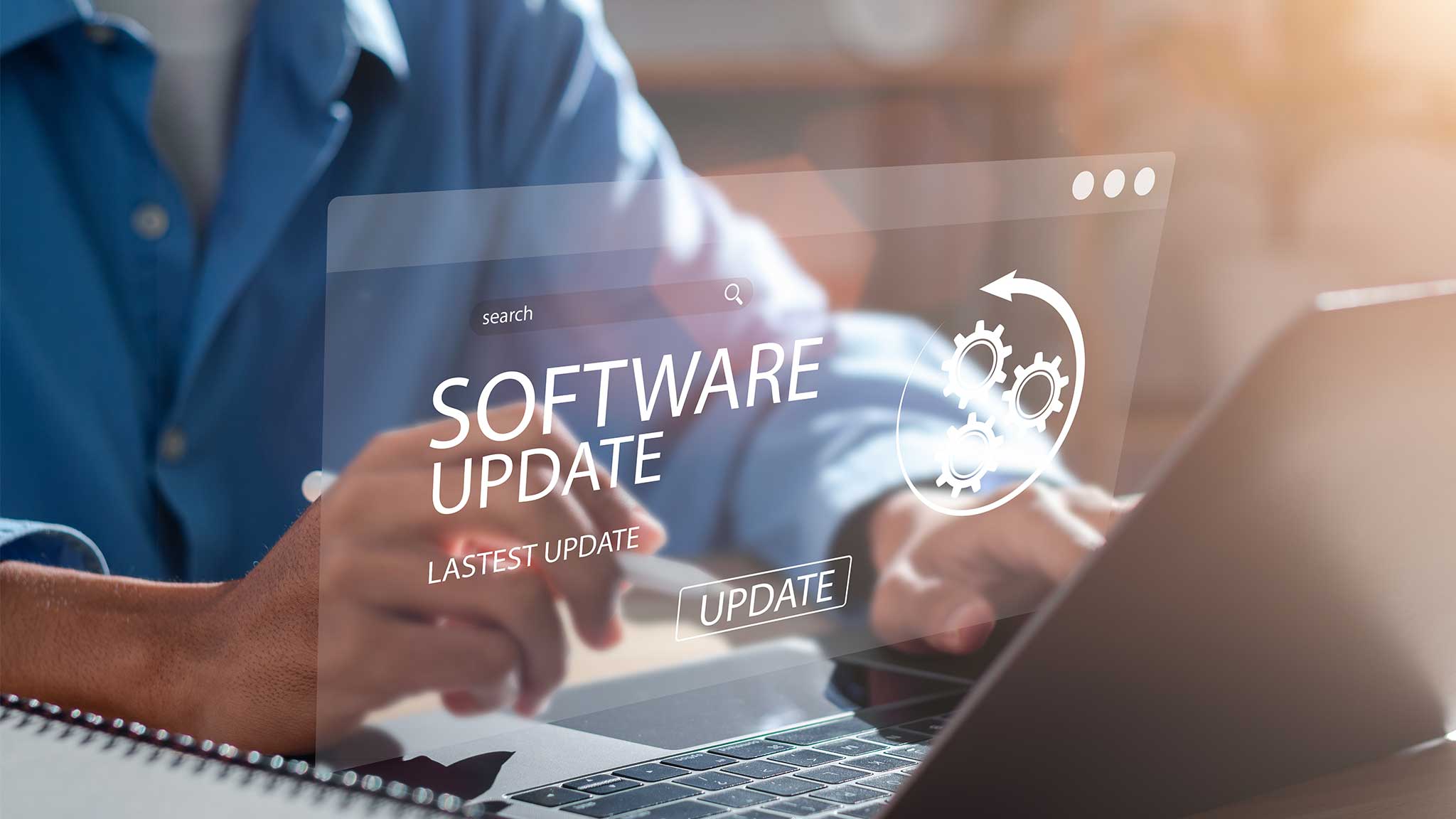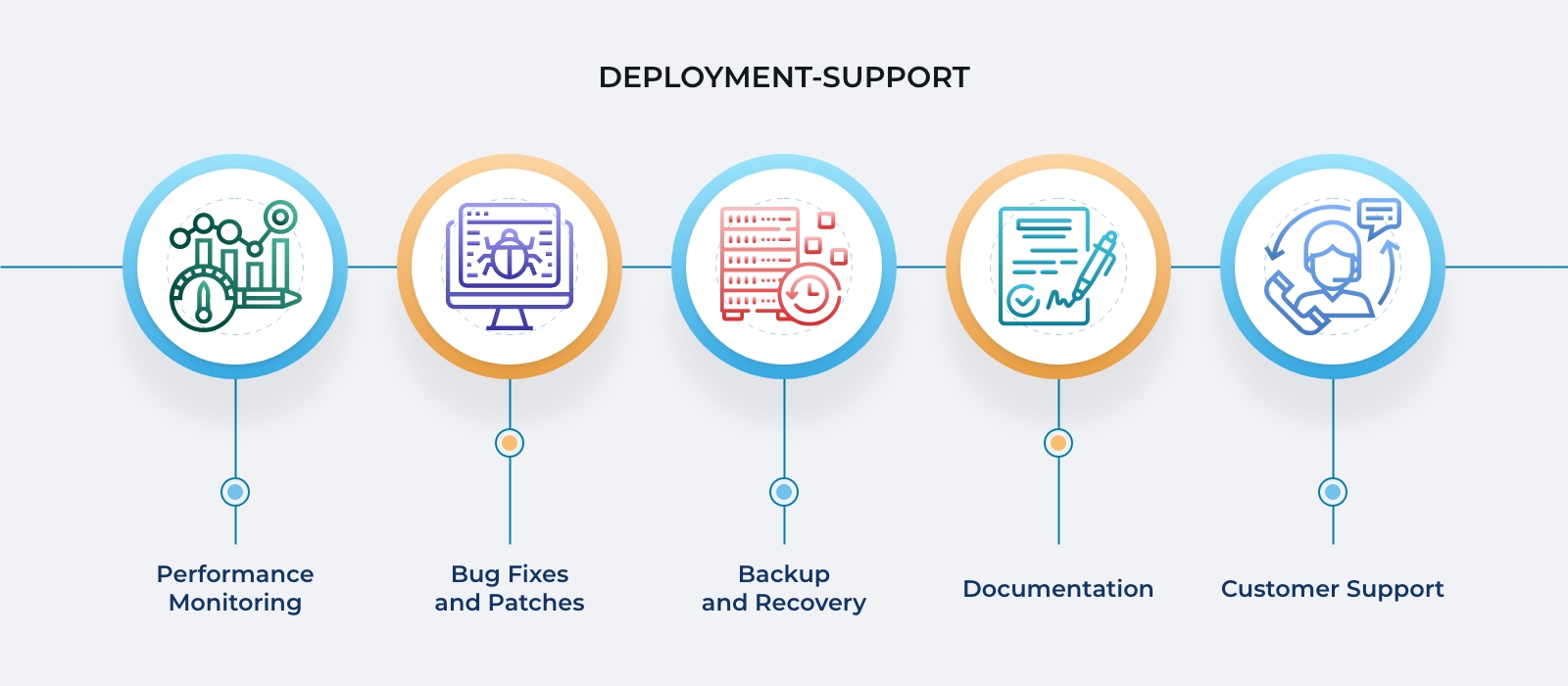
After Product Launch, What Next?
Launch day for a new product or feature is an exciting moment—finally, your months of hard work will be put into the hands of users (who will, no doubt, fail to use it correctly.) But your job doesn’t end after the new product launch: post-launch software maintenance is a critical step in the app development process and a key part of continuous integration that makes future launches and security updates smoother and pain free.
What is meant by post-development support?
Post-development support is the set of processes and actions that must be taken after the new product launch to maintain performance, reliability, and security. It can involve collaborations between teams as well as automated processes and available customer support solutions.
Benefits of post-deployment or post-new product launch support
Post-deployment support is not just beneficial; it is crucial. The weeks and months after the new product launch will be the true testing ground for your application’s viability. Users are quickly forming their opinions of not only the platform but your brand, so having rigorous systems in place to ensure good performance, fix bugs and send patch updates, and offer comprehensive customer support is a must. Post-development or post-deployment support offers several benefits for both the development team and the clients or users
Issue Resolution: It provides ongoing assistance in identifying and resolving issues that may arise after deployment. This ensures a smoother user experience and minimizes disruptions in functionality.
User Satisfaction: Prompt support enhances user satisfaction by addressing their concerns and issues in a timely manner. This can lead to positive feedback, increased user loyalty, and an improved reputation for the product or service.
Continuous Improvement: Feedback obtained during post-deployment support helps in identifying areas for improvement. This feedback loop can inform future updates and iterations, leading to a better product or service over time.
Reduced Downtime: Quick response to issues minimizes downtime for users, resulting in higher productivity and efficiency. This is especially critical for business-critical applications where any disruption can have significant financial implications.
Enhanced Reliability: By addressing bugs and issues promptly, post-deployment support contributes to the overall reliability and stability of the system. This builds trust among users and stakeholders, encouraging continued usage and adoption.
Adaptation to Changing Requirements: As user needs and technological landscapes evolve, post-new product launch support helps in adapting the system accordingly. This may involve adding new features, optimizing performance, or integrating with other systems to meet evolving requirements.
Risk Mitigation: Proactive monitoring and support can help in identifying and addressing potential issues before they escalate into major problems. This reduces the risk of major system failures and ensures business continuity.
Customer Retention: Providing excellent post-deployment support fosters long-term relationships with clients. Satisfied customers are more likely to renew contracts, purchase additional services, and recommend the product or service to others.
Competitive Advantage: Superior post-deployment support can differentiate a product or service from competitors. It becomes a selling point, attracting new customers and retaining existing ones in a crowded marketplace.
Cost Savings: While post-deployment support requires investment in resources and infrastructure, it can ultimately result in cost savings by preventing major issues that would be more expensive to fix later. It also reduces the likelihood of costly legal disputes or damage to the brand reputation due to poor performance or downtime.
Key components of post new product launch support
There are 6 pillars of good post-deployment support: performance monitoring, bug fixes and patches, backup and recovery, documentation, and customer support.
Using continuous integration tools and adopting an AGILE mindset to software development can alleviate the strain of managing all these areas.

Challenges of post-new product launch support
The primary challenge of post-deployment support is carving out time to dedicate to support when demands for new features are drawing your focus from the deployed project. Limited resources and the fast-paced, ever-changing world of consumer demands and user experience mean that post-deployment support can fall by the wayside in favor of the newer, shinier feature.
Top solutions for post-development support
Adopting a continuous integration (CI) strategy for your app lifecycle is the best way to ensure good post new product launch support. Essentially, make sure every member of your team sees post-deployment as part of the lifecycle, and not an opportunity to wash their hands of the project.
Utilize continuous integration tools such as Jenkins, BitBucket and AWS Pipelines, Circle CI, Github, and automated testing solutions like Selenium to automate some post-deployment support tasks and take the load off your engineers.
We at Telliant, a software product development company, help clients after their new product launch with their software maintenance and support activities.



































